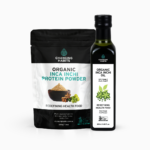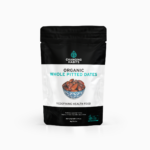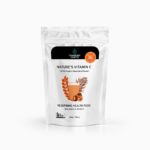Do you find grocery shopping a chore? Are you unsure what you should be buying to provide optimal nutrition for you and your family?
Georgia Harding from Well Nourished shares her top tips for buying healthy groceries. They will also help you to spend less time shopping and more time enjoying the healthiest produce – hurrah!
- Buy SLOW Food
Try and buy Seasonal, Locally grown, Organic, Whole (un-refined) foods where possible.
- Shop at Your Local Farmers Market
Your local farmers markets often provide the best quality, seasonal produce. Most sellers will let you try before you buy and this is a great way to get the whole family involved. If you head down towards the end of the market, you can often pick up some even better bargains.
- Buy in Bulk
Buying in bulk usually works out a lot cheaper than buying single packs of the same item. There are many bulk food shops online and they are gaining popularity in towns and cities, too. Buying in bulk also helps reduce packaging.
- Shop in the Outer Aisles of the Supermarket
If you do head to the supermarket, spend most of your time in the outer aisles – ie among fresh fruit and veggies (which should make up 70-80% of your shop), meat and dairy. Avoid the inner realms, which is where you’ll usually find processed foods.
- Use Your Local Butcher
Your butcher can be a valuable source of tips and recipes! Buy organic or 100% grass-fed meat where possible and don’t overlook cheaper cuts of meat – they are often the tastiest and most nourishing.
- Make a List (and Try and Stick To it!)
Make a list of the meals you’ll be having for the week and pen a shopping list of the ingredients you’ll need. Avoid shopping when you are hungry as this can often lead to impulse buys that you will regret later!
- Avoid Added Nasties
Check the ingredient list of all packaged foods you buy and avoid added nasties like preservatives and colourings.
- Variety is the Spice of Life
A variety of foods increases the amount of nutrients you will get from your diet. For example, try a range of wheat-free grains and seeds such as quinoa, amaranth, millet and chia and buy different types of fruit, vegetables and proteins.
- Develop a Shopping System
Getting into a shopping routine can help with meal planning and save you time. For example, you might shop once a week at the farmers market, once a fortnight at the supermarket and once a month at a bulk foods store.
- Get the Kids Involved
Taking the kids shopping doesn’t have to be a chore. It can help educate them about food and motivate them to try new foods and to get involved with meal planning. Giving them tasks to do while shopping can help, too, such as counting apples or bananas, weighing items or choosing the biggest tomatoes.
How do you shop? Do you head to your local markets or do you prefer online shopping? Do your kids get involved? Let us know in the comments below!








0 Comments